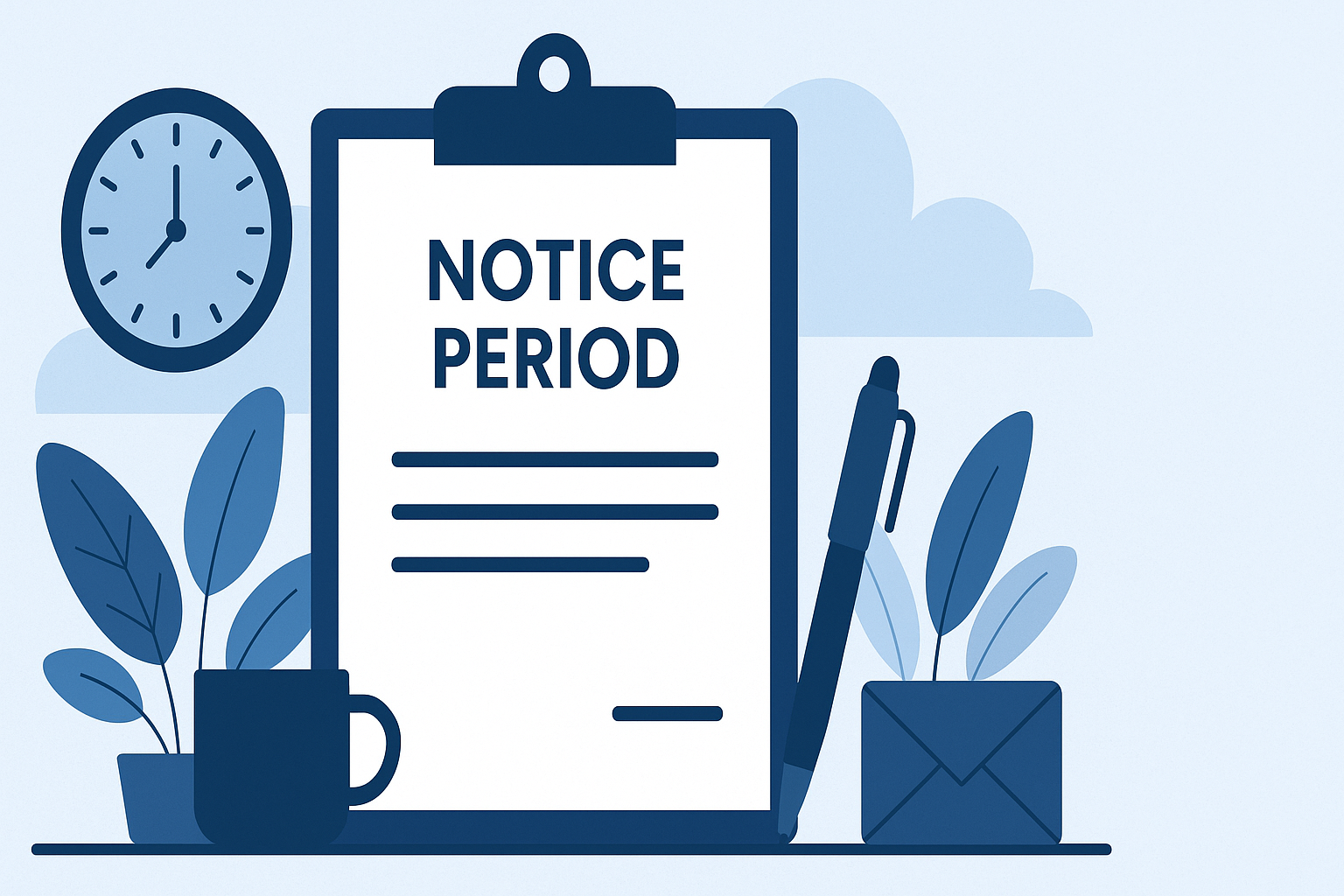In an increasingly competitive market, there’s a constant incentive, not to mention pressure, to become more efficient when and where possible. One of the best ways to achieve this is to go paperfree.
Now, although paper still has its place in the 21st-century workplace, we don’t depend on it as much as we used to. Fortunately, with a little thought and research, you’ll uncover lots of ways to make some of your most frequent business processes paperfree.
In this post, we’ll talk about some of the advantages of going paperfree and offer a few ideas on how to accomplish this.
What are the benefits of going paperfree?
Environment
Let’s start with the first benefit that probably came to mind: using less paper is better for the environment. Not only will you create less waste but you’ll contribute to lower demand for paper and do your part to slow deforestation.
However, as well it being better for the environment, going paperfree is also better for your immediate environment – that being your office. It’s good for both your employees, as they get to work in a tidier, more relaxed environment, and for visiting customers or clients, as it gives your offices a more professional, modern appearance.
Save Time
Organising and tracking paper documents can be is time-consuming. Plus, it opens up the potential for stacks or paper and desks cluttered with loose documents, both of which can make finding something specific take longer. Then, when you repeat that several times a day and stretch that out over the span of a month – and then a year – it starts to add up. All that time spent on paperwork is reduced to a minimum when you go paperfree.
Increased Efficiency
When you spend less time dealing with pieces of paper as detailed above, your employees can spend that time doing more constructive and valuable to the company overall.
Lower Costs
Not only do you save on paper by going paperfree but also on ink, toner, postage, physical storage, and printer maintenance to name a few.
Additionally, digital leave management systems save money by streamlining the request and approval process and reducing overhead costs.
Increased Robustness
Paper documents are easy to misplace, lose, damage, or steal. When you switch to a paperfree system, the risk of one of those things happening is reduced considerably.
Enhanced Collaboration
As well as a liability, paper can prove to be a weakness in an otherwise good system. If, for example, you need a specific document and it’s in the possession of someone on holiday, or only one person understands your filing system and they’re off sick – it can impede the progress of a task.
Making a paper-based process digital gives everyone access to the appropriate information at any time and, if you so choose, from anywhere.
Security and Compliance in a Paperfree World
In today’s digital business landscape, the security and compliance of employee data are more important than ever. When it comes to leave management, moving to a paperless system isn’t just about convenience—it’s about protecting sensitive information and ensuring your business meets all regulatory requirements. A modern leave management system provides a secure, compliant way to manage employee leave, leave requests, and leave entitlements, giving both managers and HR departments peace of mind.
With a paperless leave management system, all employee data is stored electronically, eliminating the risks associated with lost, damaged, or misplaced paper forms. This means that every leave request, approval, and record is safely archived and can be accessed instantly when needed. Real-time visibility into leave balances, leave status, and leave types—such as annual leave, sick leave, compassionate leave, and parental leave—empowers managers to make informed decisions and avoid scheduling conflicts, keeping your team on the same page.
The approval process is streamlined, reducing the administrative burden on HR and managers. Employees can submit leave requests from anywhere, using mobile devices, and track the approval status of their requests in real time. This transparency not only saves time but also improves team efficiency, as everyone knows exactly where things stand. No more chasing down paper forms or wondering if a request has been approved—everything is updated automatically and accessible at a glance.
For HR departments, a paperless leave management system is a cost-effective tool that simplifies managing employee leave across the entire calendar year. It eliminates manual data entry and the need to cross check records, ensuring compliance and accuracy at every step. The system can handle a variety of leave types and entitlements, making it easy to manage planned absences, public holidays, and other types of leave without hassle.
Ultimately, adopting a paperless leave management system is a smart move for businesses that want to save time, reduce costs, and stay compliant. With features like a user-friendly leave planner, real-time tracking, and secure data storage, companies can focus on what matters most: supporting their employees and growing their business. By embracing a streamlined, paperfree approach to absence management, your business will be better equipped to handle the demands of the modern workplace—efficiently, securely, and compliantly.
Ideas for going paperfree
Move to digital financial statements
Arrange with your banks, suppliers and customers or clients to send you digital bank statements, invoices, receipts, etc. These new practices will cut down on the use of paper and envelopes, while also improving productivity.
Use note-taking apps
Adopting note-taking apps prevents stacks of notebooks from piling up on your desk, in your draws, and in recycling bins (most of which will never be read). Better still, with note-taking apps, like Evernote, Microsoft OneNote, and GoodNotes, instead of digging through pages of notes to find the information you’re looking for, you can just search for it.
Similarly, if you want to share something with your colleagues, there’s no need to scan, photocopy, or transcribe it – it’s as simple as attaching a note to an email or uploading it to a shared drive.
Paperfree annual leave requests
Many businesses rely on a system for booking annual leave that requires employees to print out and fill in a holiday request form, which needs to be signed by the appropriate person before being filed somewhere. Then, on top of this, the employee’s annual leave allowance needs to be checked and updated – and the holiday entered on a calendar. Approvals can be delayed and tracking requested leave is cumbersome, making it difficult to maintain transparency and efficiency.
Instead, such a system could be replaced with a centralised staff leave planner, that lets employees check the availability of the dates they want to take off before they submit a request. The staff leave planner was created to simplify the process and address traditional pain points. Employees can select the exact date or dates they want to request off, and the system shows them how many days of leave they have remaining for the year. Similarly, instead of being handed yet another piece of paper, their manager instantly receives a notification so they can begin approving or denying the holiday request. The HR department benefits from streamlined leave entitlement calculations and reporting features, making it easier to manage staff leave. Leave entitlements can be customized based on an employee’s job or role, ensuring accurate allowances. All leave requests and approvals are managed efficiently through the leave management software, and each staff member can view and manage their own leave requests and balances. The system generates detailed reports for managers and HR to monitor staff leave and absences. The staff leave planner also helps teams coordinate absences and avoid scheduling conflicts. Plus, if the request for leave is approved, the dates are added to the calendar and the employee’s leave allowance is automatically updated.
ScheduleLeave offers paperfree absence management software – not just for booking annual leave but for administering every type of absence – including sick leave, TOIL, and custom leave types to allow for any type of time off your company deals with. The management software supports the HR department, teams, and individual members in managing staff leave, leave entitlement, and approvals. Sign up for your free trial to see how much paper it allows your company to do away with.




